TOGAF® Foundation and Practitioner Training Course Outline
Unit 1: Introduction and Concepts
- Enterprise
- Purpose of Enterprise Architecture
- Benefits of Having an Enterprise Architecture
- Framework for Enterprise Architecture
- Architecture Domains
- Architecture Abstraction in Enterprise Architecture
- Enterprise Continuum
- Architecture Repository
- TOGAF® Content Framework and Enterprise Metamodel
- Architecture Capability for Enterprise Architecture
- Risk Management
- Gap Analysis
Unit 2: Definitions
- Various Definition
- Understand Relevant Terminology
Unit 3: Introduction to the ADM Phases
- TOGAF® ADM and its Phases
- “Draft” and “Approved” Deliverables
- Iteration and the ADM
- Governing the Creation, Development, and Maintenance of Enterprise Architecture
- How to Scope an Architecture?
- Architecture Alternatives, Concerns, and Trade-Off
- Purposes
- Objectives
- Information Flow Between ADM Phases
- How Developing Architecture can be Applied to Support Agile Software Development
Unit 4: Introduction to ADM Techniques
- How the ADM and Supporting Guidelines and Techniques Relate to Each Other?
- Purpose: Architecture Principles
- Template for Architecture Principles
- What Makes a Good Architecture Principle?
- Business Scenarios
- The Purpose of Gap Analysis
- Interoperability
- Business Transformation Readiness Assessment
- Risk Management and the TOGAF® ADM
Unit 5: Introduction to Applying the ADM
- How to Apply the TOGAF® Standard?
- Iteration and the ADM
- The Three Levels of the Architecture Landscape
- Partitioning to Simplify the Development of an Enterprise Architecture
- Purpose-Based Architecture Projects
- Applying the TOGAF® Standard to Support the Digital Enterprise
Unit 6: Introduction to Architecture Governance
- Architecture Governance
- Why Architecture Governance is Beneficial?
- Role of an Architecture Board and its Responsibilities
- Architecture Contracts
- Architecture Compliance
Unit 7: Architecture Content
- Key Concepts: Stakeholders, Concerns, Architecture Views, Architecture Viewpoints, and their Relationships
- Building Blocks and the ADM
- The TOGAF® Standard Deliverables Created and Consumed in the TOGAF ADM Phases
Unit 8 – Concepts
- Enterprise
- The Purpose of Enterprise Architecture
- The Benefits of Having an Enterprise Architecture
- A Framework for Enterprise Architecture
- Architecture Domains
- Architecture Abstraction in Enterprise Architecture
- The Enterprise Continuum
- The Architecture Repository
- The TOGAF® Content Framework and Enterprise Metamodel
- A Architecture Capability for Enterprise Architecture
- Risk Management
- Gap Analysis
Unit 9 – Stakeholder Management
- How to Identify Stakeholders, their Concerns, Views, and the Communication involved?
- The Use of Architecture Views
- Stakeholder Engagement and Requirements Management
- Using Trade-off to Support Architecture Development
Unit 10 – Phase A, the Starting Point
- Information Necessary to Execute the Architecture Vision Phase
- How to Apply Phase A and how it Contributes to Architecture Development Work?
- Security-Specific Architecture Design that is Sufficient — Phase A
- Outputs Necessary to Proceed with the Architecture Development
Unit 11 – Architecture Development
- Steps Applicable to all ADM Phases
- Risk and Security Considerations during the Architecture Development (ADM Phases B to D)
- Relevant Information to Produce Outputs Valuable to the Architecture Development
- How to apply Phases B, C, and D, and how they Contribute to the Architecture Development Work
- Information Relevant to Phase C (Data and Applications) to Produce Outputs for the Architecture Development
- Information Needed in Phase D to Produce Outputs relevant to the Architecture Development
- Outputs of Phases B, C, and D Necessary to Proceed with the Architecture Development Work
Unit 12 – Implementing the Architecture
- Risk and Security Considerations for Phases E, F, and G
- Steps (Phase E) to Create the Implementation and Migration Strategy
- Basic Approaches to Implementation
- Identifying and Grouping Work Packages
- Creating and Documenting Transition Architectures
- The Impact of Migration Projects on the Organisation and the Coordination Required
- Why and how Business Value is Assigned to each Work Package
- How to Prioritise the Migration Projects (Phase F)
- Confirm the Architecture Roadmap (Phase F)
- The outputs of Phase F necessary to Proceed with the Architecture Implementation
- Inputs to Phase G Implementation Governance
- How Implementation Governance is Executed (Phase G)
- Outputs to support Architecture Governance
- How Architecture Contracts are used to communicate with Implementers?
Unit 13 – Architecture Change Management
- Inputs Triggering Change Management — Change Requests
- Activities necessary for Effective Change Management (Stakeholder Management)
- Outputs Relevant to Proceed with a Change
Unit 14 – Requirements Management
- Inputs that Feed the Requirements Management Phase
- How the Requirements Management steps correspond to ADM Phase Steps?
- Purpose of the Outputs of Requirements Management
Unit 15 – Supporting the ADM Work
- How The Open Group TOGAF® Library can be used to support the Practitioner’s Work?
- Business Scenarios
- Purpose of Compliance Assessments
- How Migration Planning Techniques are used to Review and Consolidate the Gap Analysis Results from Earlier Phases?
- How a Repository can be Structured using the TOGAF® Architecture Repository as an example?
- What to expect in a well-run Architecture Repository?
- How the concepts of Architecture Levels are used to Organise the Architecture Landscape?
- Different Levels of Architecture that Exist in an Organisation
- Determining the Level that an Architecture is being Developed at
- The Role of Architecture Building Blocks (ABBs)
- Guidelines and Techniques for Business Architecture
- Applying Gap Analysis
- How Iteration can be used in Architecture Practices?
- How the Implementation Factor Catalogue can be used?
- The Content Framework and the Enterprise Metamodel
- When the Architecture Content Framework (ACF) needs to be filled throughout the ADM Cycles
- Using an Enterprise Metamodel
- Using a Taxonomy
- How Risk Assessment can be used?
Our TOGAF® Foundation and Practitioner course is accredited by The Open Group.






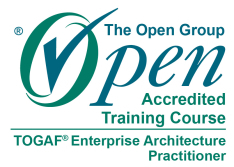

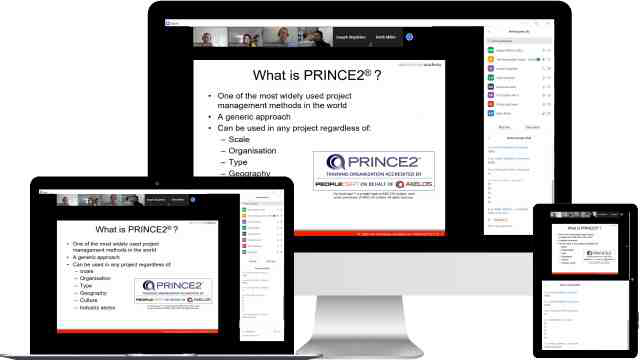
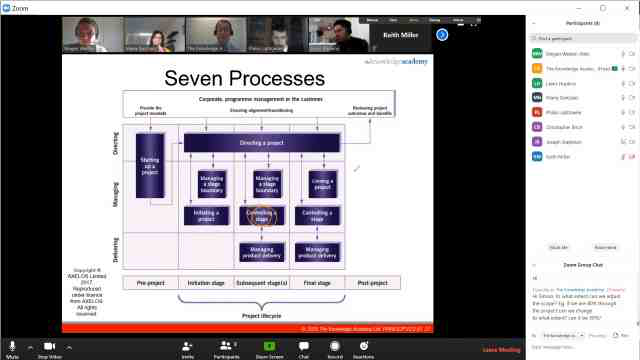
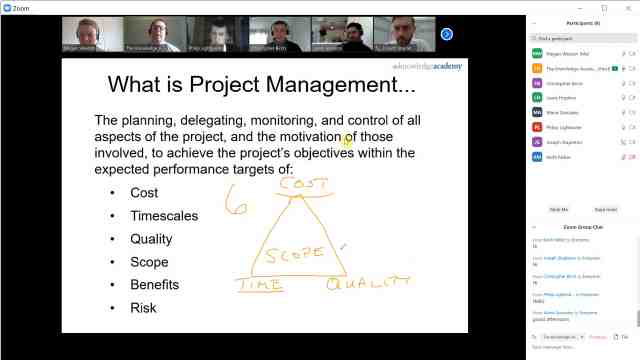
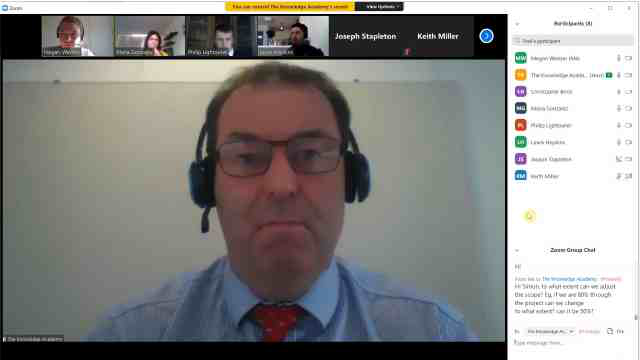
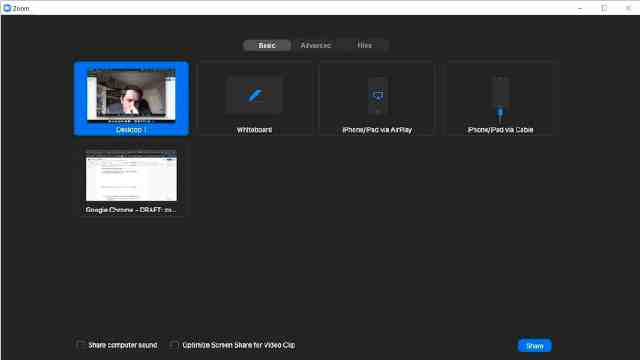


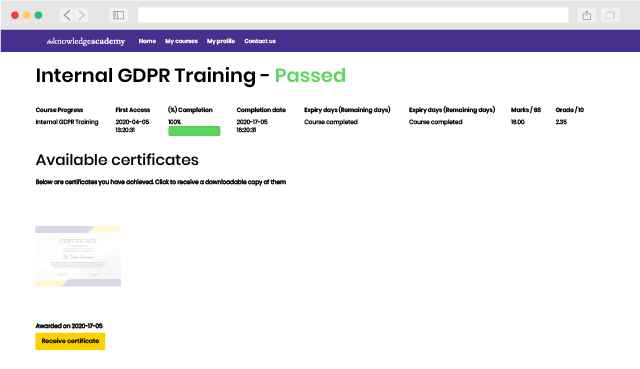
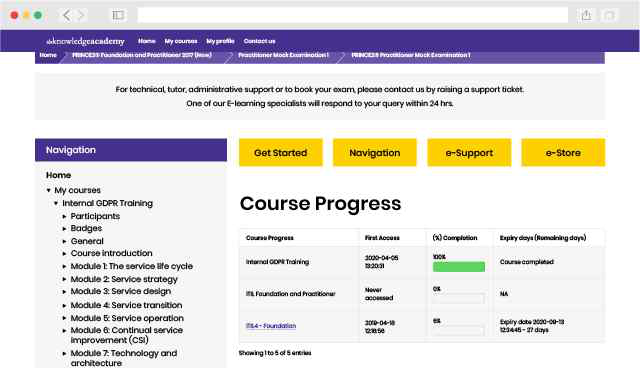
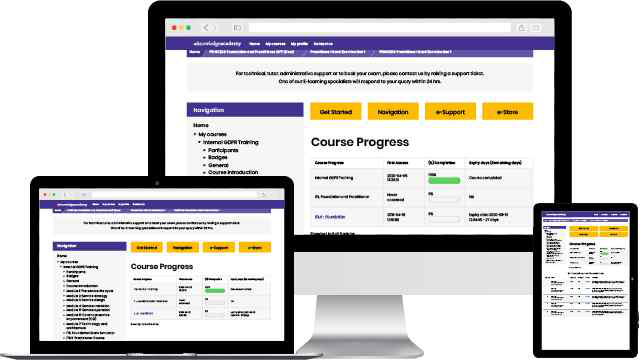
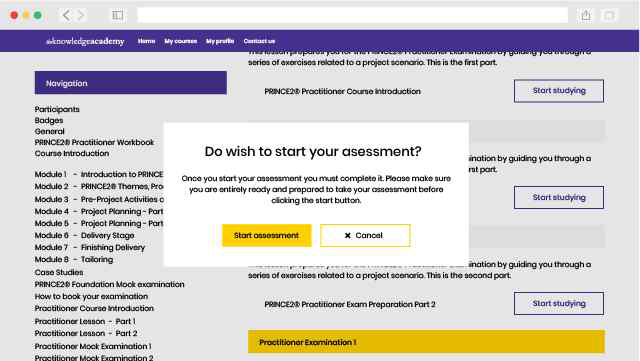
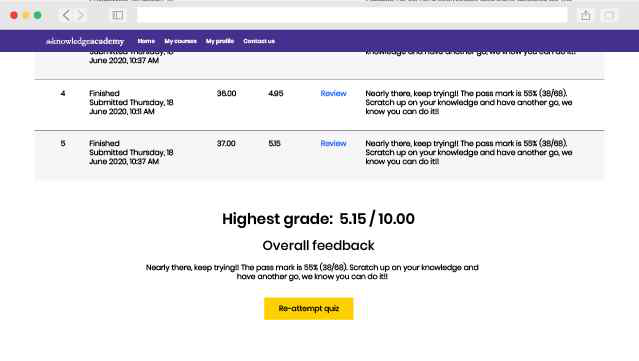



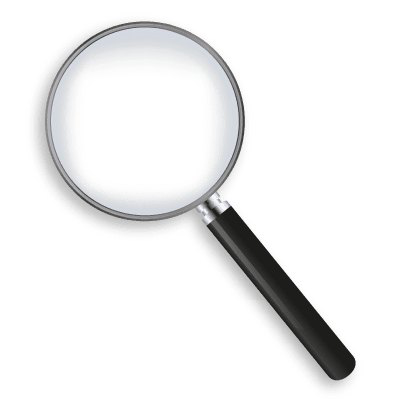

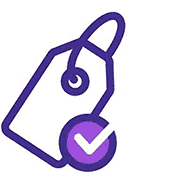












 Back to course information
Back to course information






 If you wish to make any changes to your course, please
If you wish to make any changes to your course, please

